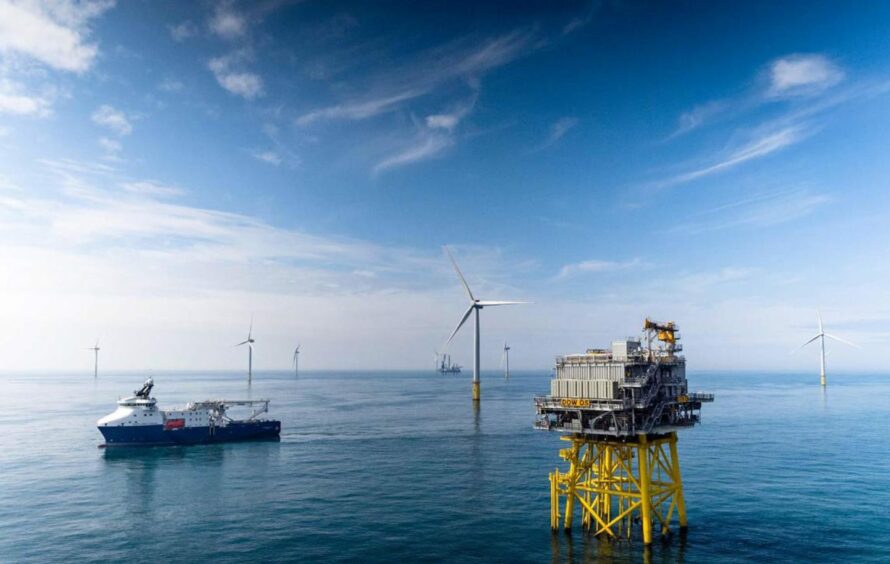
Firms with a licence to drill in the North Sea will report findings of what lies beneath the North Sea to help put together a ‘treasure map’ to support the UK’s carbon capture and storage efforts.
The information collated by the North Sea Transition Authority will be used to showcase the potential the UK has for carbon capture and storage, the government claims.
The NSTA will be seeing its powers expanded following an amendment to the Energy Bill.
The announcement says that this change in legislation has the potential to attract more companies to the UK and support up to 50,000 green jobs by 2030.
The government intends to bring forward these new powers for the regulator in an amendment to the Energy Bill.
The Second Reading of this amendment was heard in the House of Commons today.
If successful, this amendment will see the government grant the North Sea Transition Authority powers to obtain information and samples from those who have a licence already to store carbon.
These will give the information needed about the geological features of hidden underground spaces underneath the North Sea that have already been mapped.
Michael Tholen, Director of Policy and Sustainability, Offshore Energies UK said: “An accurate map of the UK’s potential for this innovative sector will help to nurture a new wave of businesses and jobs.
“Offshore Energies UK produces leading data and analysis that informs the offshore energy sector and the public. We know such data is essential to support the long-term investments and policy needed to ensure the UK remains an attractive place to do business.
“We support this new initiative and the wider aims of the Energy Bill, which is needed to provide the sector with the legislative frameworks to unlock new potential in hydrogen, CCUS and floating offshore wind.”
‘Geological goldmine’
Government representatives have said that this amendment offers the country access to a “geological goldmine.”
Estimates show that UK water could hold up to 78 billion tonnes of carbon dioxide, which equates to the CO2 produced by up to 6 million cars on the road.
Secretary of State for Energy Security and Net Zero Grant Shapps said: “The UK is in prime position to become a world leader in carbon capture and storage – a whole new industry that could boost our energy security, help cut our own emissions and those of our European neighbours and create thousands of jobs for the future.”
“By working with the brightest and best who are already out in the North Sea, we can grow our economy by building the treasure map needed to unlock the full potential of this geological goldmine.”
UK government Minister for Scotland John Lamont added: “Expanding carbon capture and storage forms a vital part of our Net Zero ambitions.
“The new measures introduced today will propel that sector forward, while supporting up to 50,000 jobs to benefit Scotland and the whole of the UK.
“Not only will this accelerate our transition to using cleaner, greener energy and enhance our energy security but it will also bring a welcome economic boost to aid our priorities of reducing debt and halving inflation.”
Acorn
Proposed carbon capture projects, such as the north-east of Scotland’s Acorn, are still awaiting government funding as a date for the announcement of successful Track 2 applications has not been confirmed.
Peterhead’s Acorn project was snubbed funding on the “Track 1” process in 2021, which is part of a £1bn package to get the first two clusters up and running, and has long been considered a front runner for “Track 2”.
Earlier this year, the minister of state for energy security and net zero, Graham Stuart, told Energy Voice why Acorn was not awarded the government cash.
He said: “What we wanted to do was make sure that we could move with the fastest and best developed and we deliberately came up with track one and track two to do that.
“Industry told us they want to go with whoever can move the quickest. If we’re going to meet our 2030 goals, we’re going to need a number of clusters across the country.”
Recommended for you
